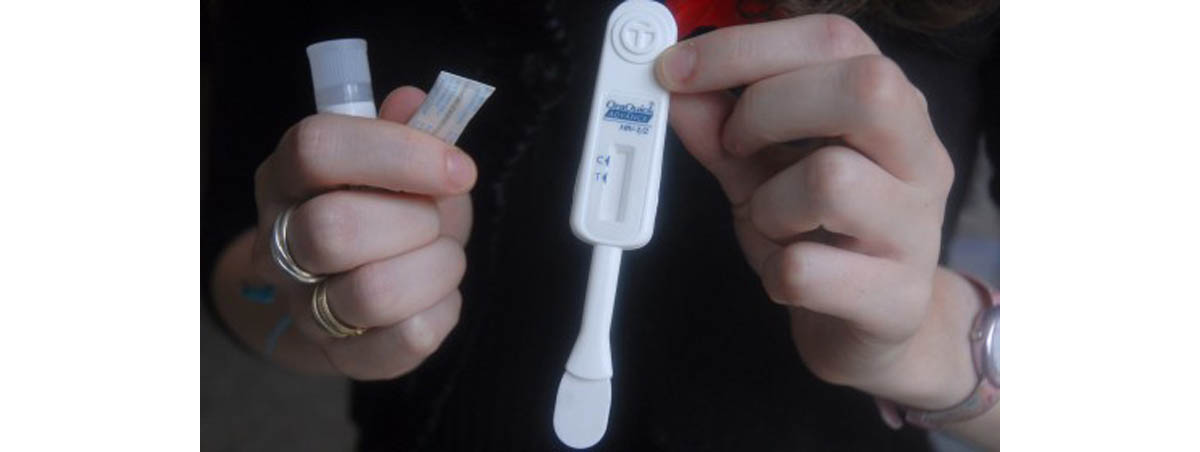Table of Contents
Although HIV is not spreading as quickly as it was 20 to 30 years ago, every year, just in the United States, another 56,000 people contract the virus. HIV and AIDS treatment has vastly improved so that HIV infection has become more of a chronic condition than a death sentence, but it is still necessary to take the medications--often available at reduced cost or for free--that keep the virus at bay. People who don't know they have HIV don't take the medications that can prevent or treat AIDS.

The US Centers for Disease Control (CDC) estimate that of the 1,100,000 Americans who have HIV, at least 200,000 are unaware they have the disease. Diagnosing the disease would help these 200,000 Americans make responsible choices to protect their sexual partners and to avoid infecting their children.
Experts recommend HIV testing for at-risk groups:
- Men who have sex with men, even once, even "just" oral sex, should have HIV testing. All gay and bisexual males who are sexually active should be tested for the disease.
- Women who have sex with me who have sex with men should be tested for HIV, even if they insist on the use of condoms.
- People who share needles with others are at risk for HIV infection and should be tested for the virus.
- People who have sex with people who share needles with others are likewise at risk for HIV testing and should be tested for the HIV virus.
- People of any sexual orientation who have had sex with more than one partner since their last HIV test should be tested for the virus. Men can pass HIV to women, and women can pass HIV to men.
There is a very common attitude among men who have sex with men that "guys who have HIV are never going to get rid of it, and guys who don't have HIV are never going to get it," regardless of sexual practices. It is typically long-term survivors of HIV who are the most lax about protecting their sexual partners. It is not unheard of for a man who has active AIDS, causing herpes-like skin reactions or perhaps AIDS-related dementia simply to wear clothes over blisters and recruit uninfected partners for sex, rationalizing that "just once" won't make a difference.
Just once actually is enough for transmission of the virus. And men who rationalize having sex "in" their partners rather than "on" their partners tend not to have sex just once.
HIV testing may be scary, but the effects of AIDS, which are largely avoidable, are scarier. It only takes a minute, literally, and the test that determines your HIV status may lead you to the measures that save your life.
- Department of Health and Human Services. January 10, 2011/ 1-174. Panel on Antiretroviral Guidelines for Adults and Adolescents. Guidelines for the use of antiretroviral agents in HIV-1-infected adults and adolescents. AIDSinfo. Available at http://aidsinfo.nih.gov/contentfiles/AdultandAdolescentGL.pdf. Accessed 1 June 2013.
- O'Hare, P. 1-minute HIV test to debut in S.A. San Antonio Express News, 30 May 2013.
- Photo courtesy of Amanda Richards by Flickr : www.flickr.com/photos/arichards-gallery/5755422006/
- Photo courtesy of Marcello Casal by Wikimedia Commons : commons.wikimedia.org/wiki/File:Oraquick2.jpg


Your thoughts on this